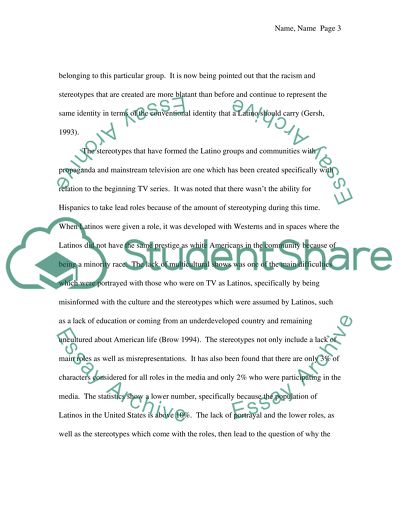Cite this document
(“Barriers and Boundaries of Latinos: Media Representations and Term Paper”, n.d.)
Retrieved from https://studentshare.org/journalism-communication/1393542-barriers-and-boundaries-of-latinos-media-representations-and-stereotypes
Retrieved from https://studentshare.org/journalism-communication/1393542-barriers-and-boundaries-of-latinos-media-representations-and-stereotypes
(Barriers and Boundaries of Latinos: Media Representations and Term Paper)
https://studentshare.org/journalism-communication/1393542-barriers-and-boundaries-of-latinos-media-representations-and-stereotypes.
https://studentshare.org/journalism-communication/1393542-barriers-and-boundaries-of-latinos-media-representations-and-stereotypes.
“Barriers and Boundaries of Latinos: Media Representations and Term Paper”, n.d. https://studentshare.org/journalism-communication/1393542-barriers-and-boundaries-of-latinos-media-representations-and-stereotypes.


